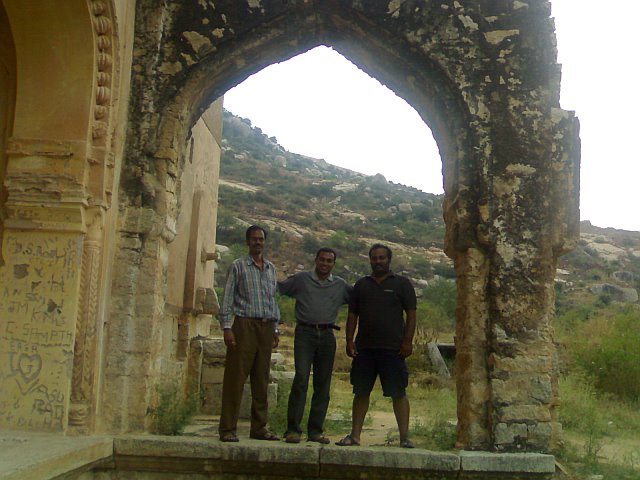Sripuram Golden Temple

A Mahalakshmi temple called 'Sripuram' and made of more than a tonne of pure gold will glitter and gleam under the sun on August 24 when it is unveiled for consecration by the Sri Narayani Peetam headed by a 31-year-old godman who calls himself Narayani Amma. Devotees hail the temple as 'one of the wonders of the world' and say that it is the only temple covered fully with gold.
More than 400 gold and coppersmiths from the Thirupath Thirumala Devasthanam are said to have worked for six years to craft the Rs 600-crore gold temple located on 55,000 sq ft of land on a 100-acre salubrious stretch in Malaikodi, about 6 km from Vellore in north Tamil Nadu. According to official sources, the gold bars were purchased through RBI in "a transparent manner."
First the coppersmiths set to work creating a copper base on the temple structure with engravings and etchings before the gold, beaten into nine layers of foils, was draped around it. The sanctum sanctorum will hold the deity of Mahalakshmi made of stone granite, but covered with gold kavacham (adornments).
"The Sripuram or Spiritual Park is Amma's dedication to the world and mankind," said P Murali, a trustee of the Peetam, adding that the temple has more gold than the Golden Temple of Amritsar.
Messages by 'Amma' have been laid out along the path to the temple with messages from the Gita, Bible and Quran. "When one enters the Sripuram, their focus is just on the magnificent temple. But when they leave, they cannot do so without taking some messages and gaining some wisdom," according to a booklet detailing the 'services' rendered by the Peetam. "In this quagmire of materialism, Sripuram rises as an inspiration to man to find the divinity within him," adds a brochure.
Murali said arrangements were being made to hire personnel to throw a security cover around the temple. "But the gold sheets have been laid out in such a manner that it would cost more to rip it off than purchase the gold," said a top Vellore district official.
LOCATION
Sripuram is located at Thirumalaikodi in Vellore.
For further information you can dial these numbers:
+91.0416.2271202,+91.0416.2271 844

















